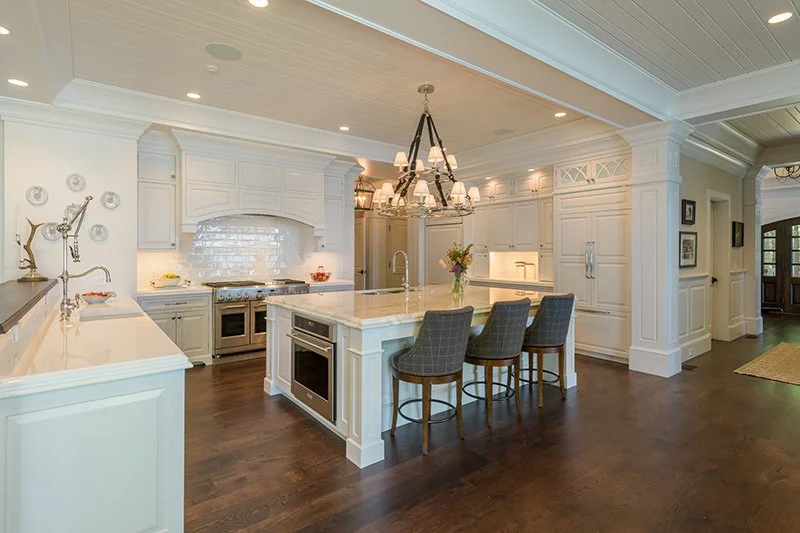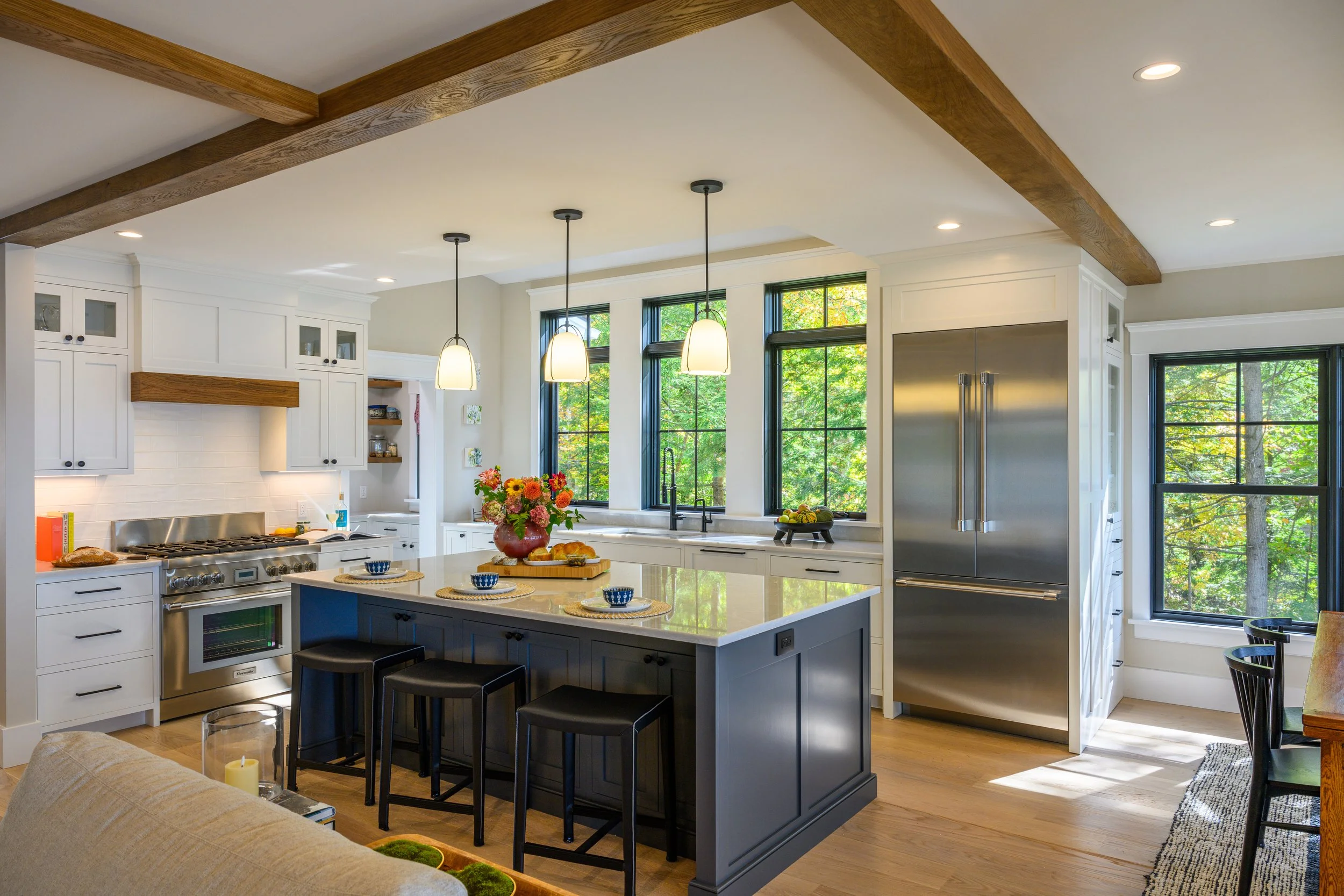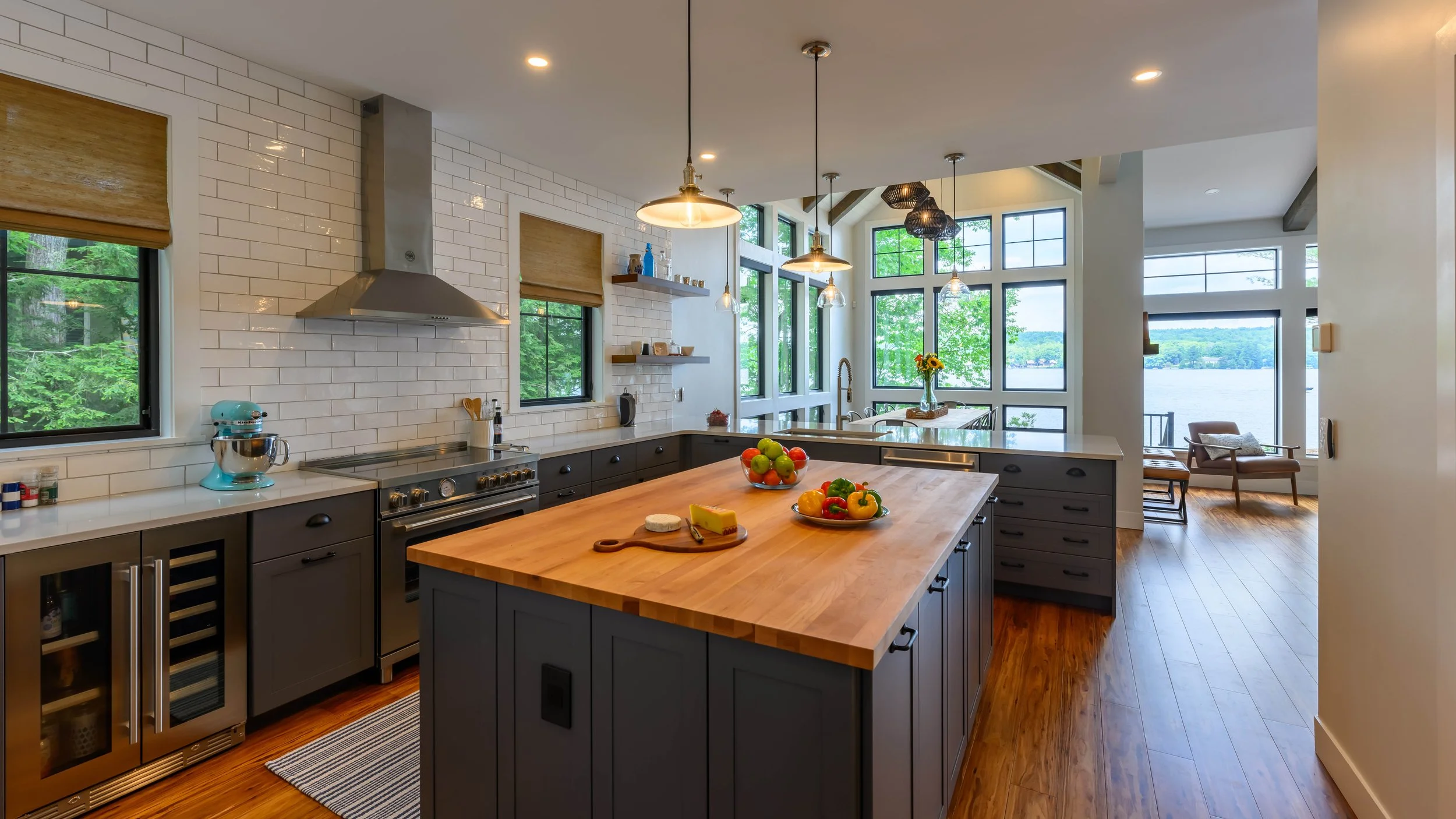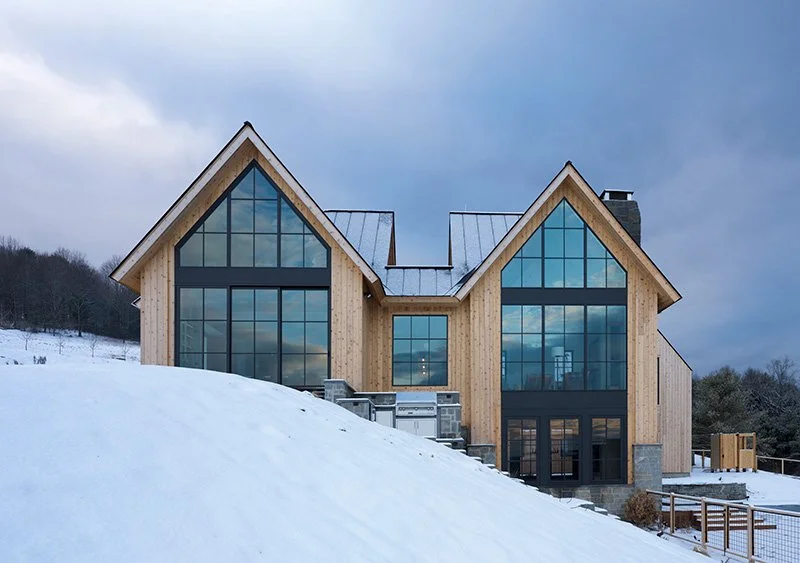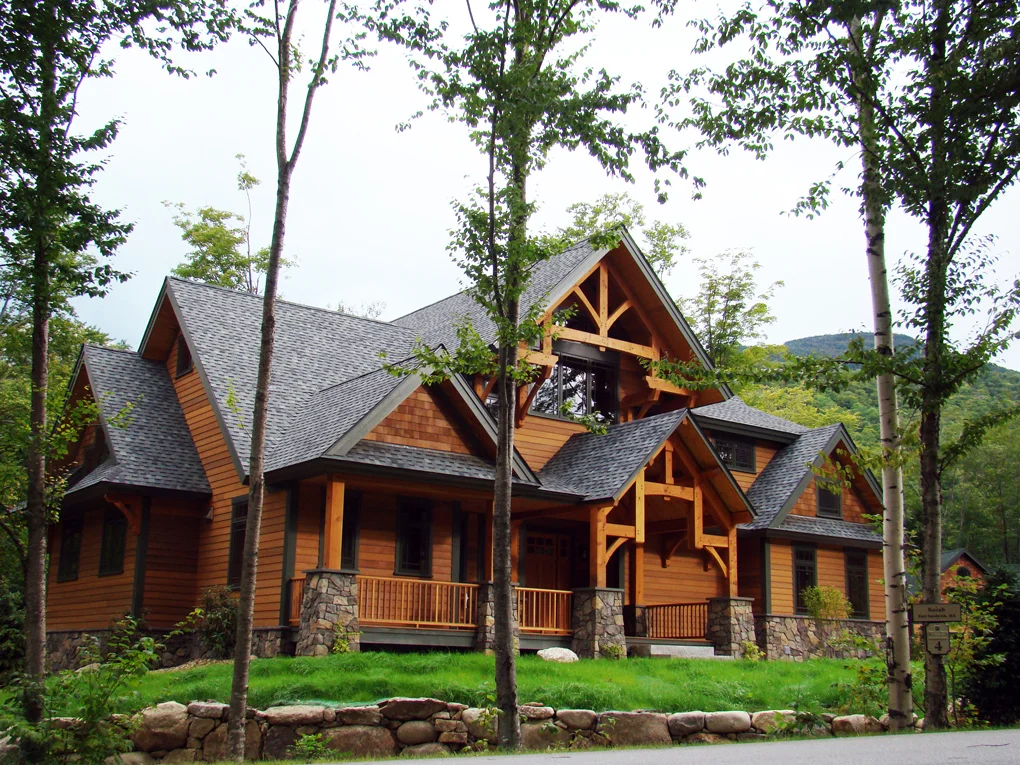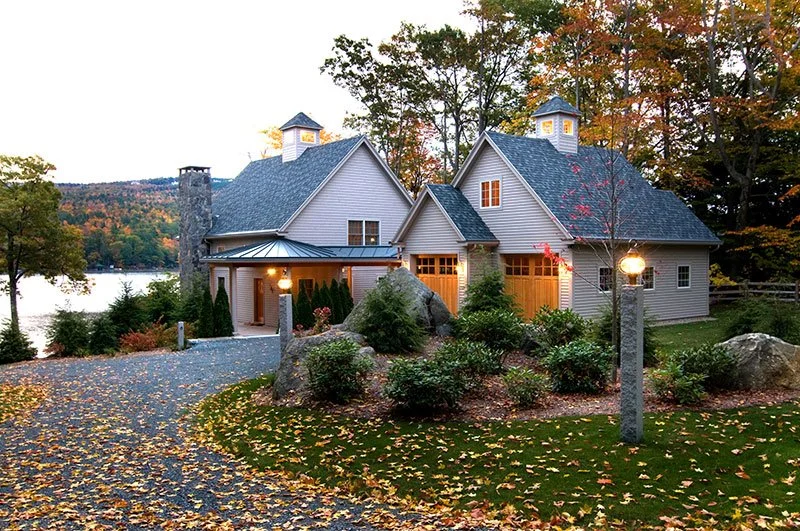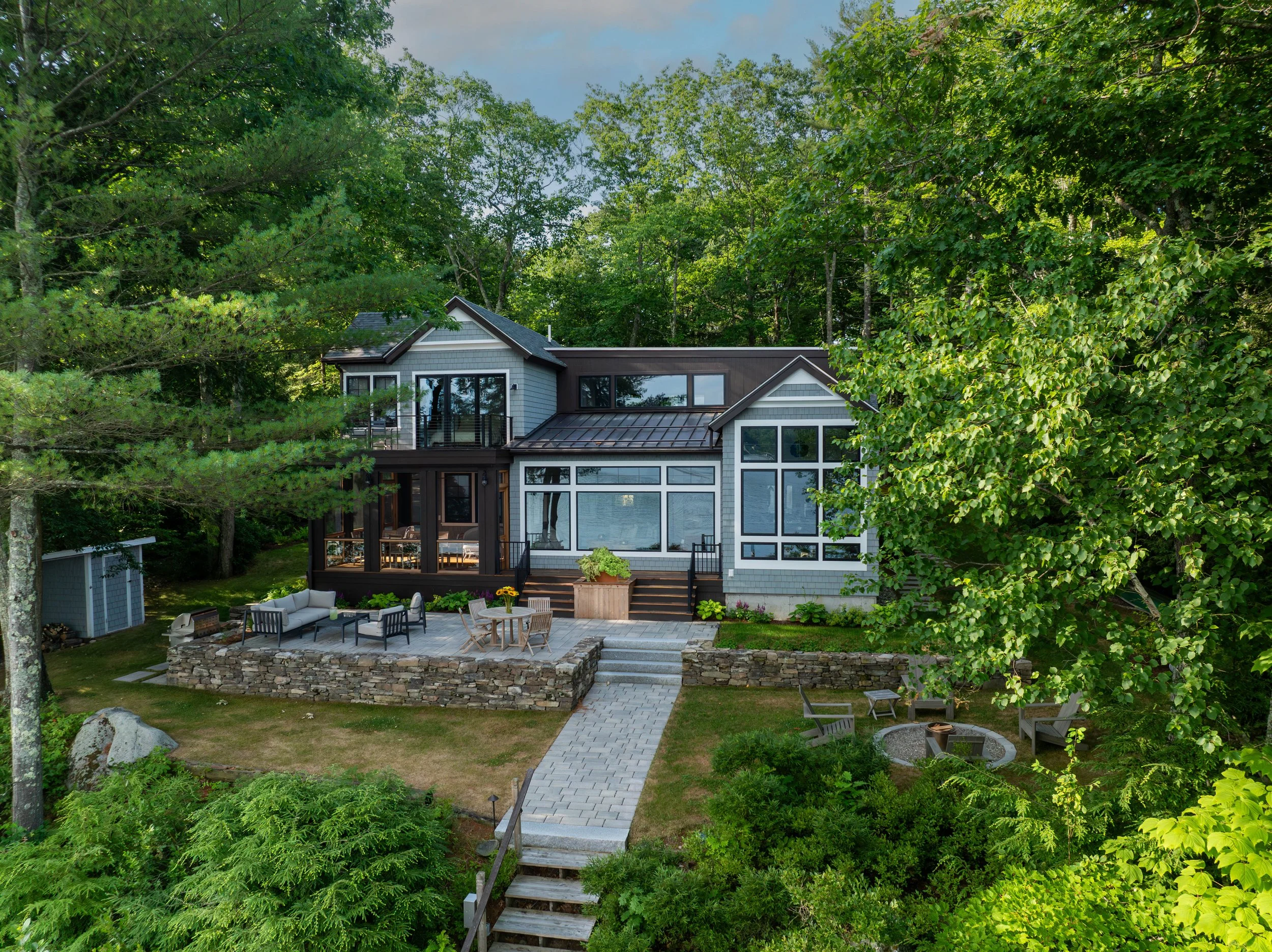If winter is your favorite season, Vermont might already be calling. With ski season approaching, thoughts naturally turn to snow-covered trails, early mornings at the mountain, and cozy evenings back at home.
For those considering a ski home or Vermont vacation home, this time of year often brings the urge to research how to make this a reality. Vermont’s mountain scenery, well-loved ski resorts, and four-season lifestyle continue to draw people looking for mountain homes and second homes that feel equally suited to weekends and full-time living. From long days on the slopes to quiet afternoons by the fire, the rhythm of mountain life is easy to settle into.
Each of Vermont’s ski areas brings its own personality, blending great skiing with town life and long-term appeal beyond the winter months. Below are a few destinations that remain especially popular for Vermont vacation homes.
Killington
Killington is Vermont’s largest ski resort, known for its long season, varied terrain, and reliable conditions. With multiple peaks and strong snowmaking, it appeals to both casual skiers and those who spend a lot of time on the mountain.
Outside of winter, the area offers hiking, biking, and golf. Nearby towns like Woodstock and Bridgewater add classic Vermont character, dining, and a strong sense of community, making the region well suited for a four-season mountain home.
Okemo
Located in Ludlow, Okemo is known for consistent grooming, approachable terrain, and a family-friendly atmosphere. It’s a popular choice for those looking to build a ski home that feels easy to use and comfortable for all ages.
During warmer months, the area offers hiking, biking, and village life in Ludlow, with shops, restaurants, and local events that make it feel active year-round.
Stowe
Stowe Mountain Resort is one of Vermont’s most iconic ski destinations, set beneath Mount Mansfield, the state’s highest peak. Known for its challenging terrain, classic New England skiing, and picturesque village, Stowe attracts skiers from across the country.
Outside of winter, Stowe offers world-class hiking, biking, and scenic drives, along with a vibrant food and arts scene. With its mix of outdoor adventure and refined town life, Stowe remains a standout location for those looking to build a home rooted in both nature and culture.
Stratton
Stratton Mountain is known for wide trails, reliable conditions, and a well-developed village. It appeals to families and second-home owners who want a polished ski experience without feeling overly remote.
In the off-season, Stratton offers golf, hiking, concerts, and easy access to Manchester, making it a practical option for a year-round Vermont vacation home.
Mount Snow
Located near Dover, Mount Snow offers a broad range of terrain and a relaxed, welcoming feel. It has long been popular with families and weekend skiers, with good access from southern New England.
In warmer months, the area supports hiking, biking, lake access, and village life in Dover and Wilmington. For those considering a ski home that supports everyday use as well as seasonal visits, Mount Snow is worth a closer look.
There are several other great Vermont ski areas to explore, these are just a few of our favorites.



